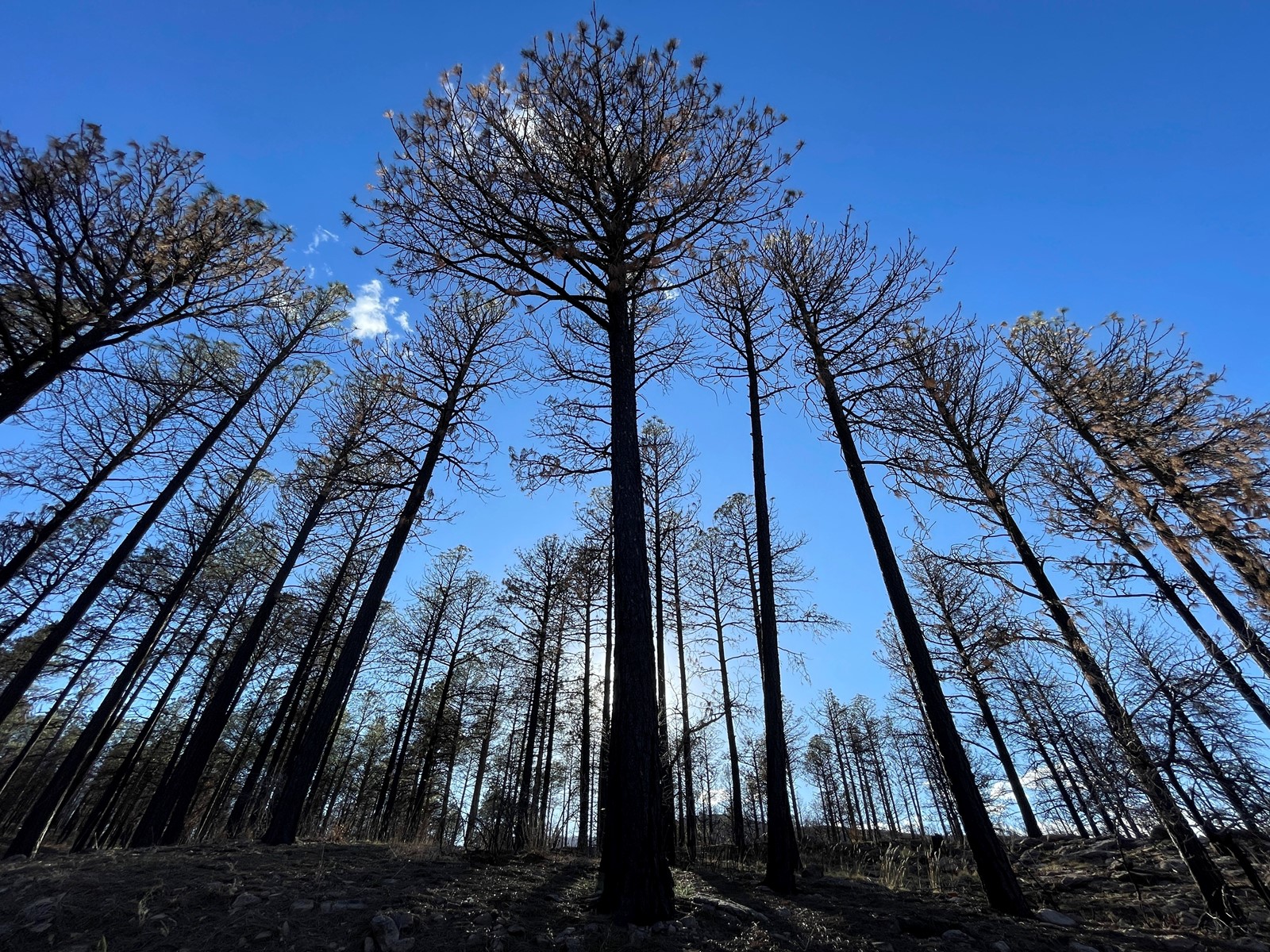
ALBUQUERQUE, N.M. — U.S. land managers are racing the clock as hotter, drier weather raises the risk of wildfires in the nation’s overgrown forests with each passing year.
One tool is to use the flames from lightning-sparked wildfires when conditions allow or to plan prescribed fires for other times of the year to clear out dense vegetation as a way to limit future risks.
Grand Canyon National Park in Arizona for decades has been a leader at using fire to make the ecosystem more resilient. A lightning-sparked fire along the North Rim that started July 4 presented an opportunity for fire to play its natural role.
After a week conditions quickly deteriorated. Wind-whipped flames rushed toward the iconic Grand Canyon Lodge and the surrounding historic cabins. Many were reduced to rubble and ash.
It’s not the first time firefighters have been on the losing end of trying to wrangle the forces of nature.
Still, experts say fire is a critical land management tool, pointing to countless examples where the work has paid off.
“We focus so much on the fires that go bad and almost nothing on the 99% plus that do great work,” said Scott Stephens, a professor of fire science and forest policy at the University of California, Berkeley. “Unless we get the forests in a more resilient condition with low fire hazards, we will be chasing our tails forever.”
On the North Rim, managers working the Dragon Bravo Fire say crews had constructed containment lines and were prepared for more defensive maneuvers before conditions rapidly changed.
Uncharacteristically strong winds pushed the flames past multiple containment lines, prompting mandatory evacuations for remaining North Rim residents.
Crews in New Mexico also were forced to change their strategy in battling a blaze burning in the Santa Fe National Forest after a spot fire was discovered beyond containment lines. Ranchers there shared pictures of dead cattle on charred grazing allotments, criticizing officials for not putting out the flames sooner.
Experts agree there’s always room for improvement when it comes to managing wildfires and planning for prescribed fires, especially as technology improves to help fire managers predict what the flames might do.
University of Utah atmospheric scientist Derek Mallia is among those working on new forecasting tools. He’s tracking fires in Utah and Arizona in preparation for a project next year that will focus on pyrocumulonimbus clouds, or those towering thunderstorms that sometimes form above wildfires.
Mallia said fire forecasting hasn’t advanced as quickly as tools for other severe events like tornados and hurricanes. That’s partly because fires happen on a finer scale, making the work more difficult. Managers also have to account for the legacy of built-up fuels in the forests and the compounding factor of climate change, he said.


 PREVIOUS ARTICLE
PREVIOUS ARTICLE
